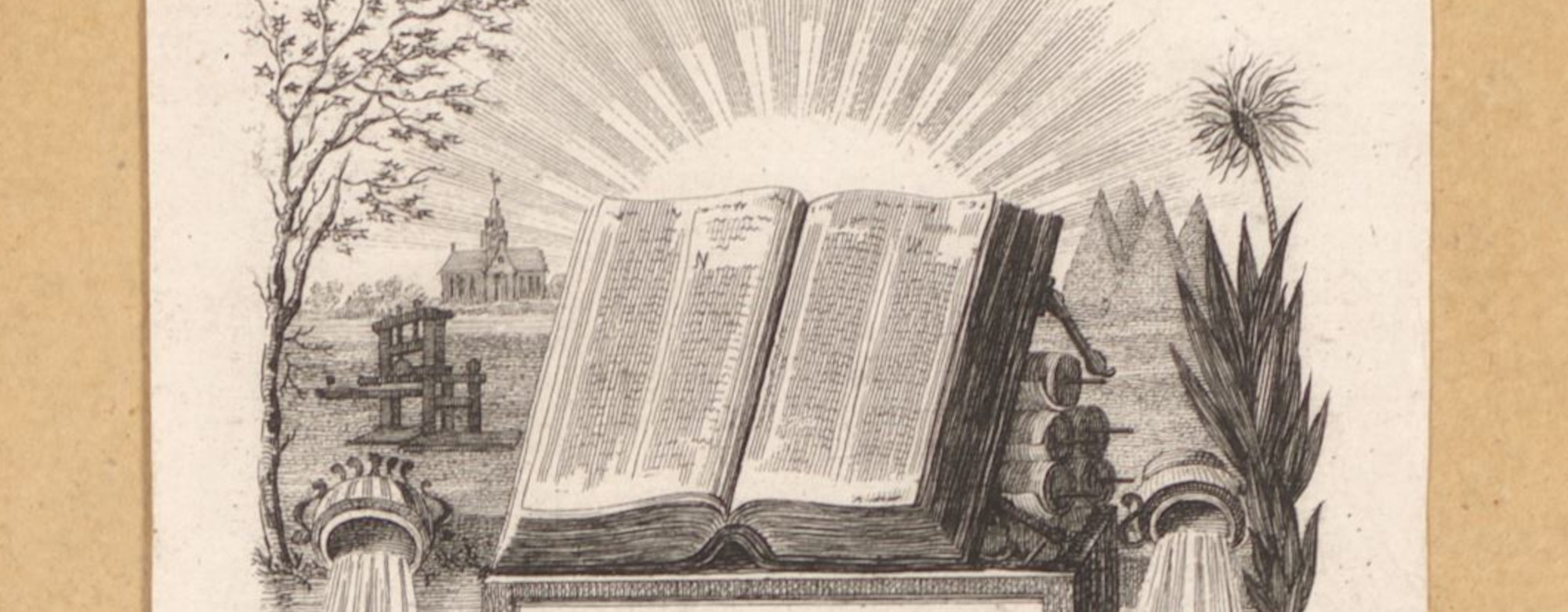This is a guest post by Bernd Fiedler, policy manager at Wikimedia Deutschland. Bernd previously worked as a teacher and is aiming at improving the framework for free education. WMDE is a Communia member organisation.
In the “Urheberrechts-Wissensgesellschafts-Gesetz” (engl. roughly: Copyright Knowledge-Society Act), the German legislator tries to improve the legal framework for educators and scientists in Germany, as part of a general clean-up of the exceptions section of the Copyright Code. In general, 15% of a protected work can be used for educational and scientific purposes without permission until 2023.
The law, introduced last minute at the end of the legislative period in 2017, was long overdue. It was heavily lobbied, it is limited to five years, and it is already scheduled for review. Still, as Federal Minister of Justice Heiko Maas put it, because it is bundled into a single document, it somewhat clarifies regulation for educators, coming into effect on March 1, 2018.
In Germany, legislation on education and research is fragmented due to the federal constitution. So far, with the exception of the Copyright Code, which is federal law, the state-level executive and legislative bodies have full responsibility for education in their Länder (states). This includes the details on how copyright exceptions and limitations for education are handled in practice, which is regulated very granularly in treaties between the states’ culture ministers on one side and rightsholder representatives on the other. In practice, there were 16 different ways of handling copyright in education and some federal-level treaties that had to be considered.
From March onwards, educational institutions can use up to 15% of any single work (e.g. Book, Film etc.) in order to supply their courses and staff, and use that amount even for third-party presentations, as long as this serves to present the teaching outcome or similar at the institution itself. Single images, “a few” scientific articles from the same academic journal issue, out-of-distribution works and “works of smaller proportions” can be used in their entirety.
Before, the federal law only contained vague legal terms such as “shorter extracts”, “works of smaller proportions”, the meaning of which had to be negotiated into the abovementioned treaties at state level, leading in practice to different extent limitations in each state.
Shortcomings of the new exception
There are, however, shortcomings. The exception only benefits formal education providers – this leaves behind educational programs provided by e.g. museums, libraries and non-profits. Press publications and dedicated educational material are excluded. So, textbooks cannot be reproduced in and by schools. Musical scores may also not be reproduced physically, not even to a small percentage.
Providers of educational resources can copy and share 10% of a single work in an educational material that is intended for non-commercial use (e.g. textbooks). For personal research purposes, scientists can copy up to 75%, but are not allowed to share those copies.
The first draft of the reform furthermore aimed for a more generous copyright regulation in the education sector. In the draft, 25% of a work were to be usable for education. Some rightsholders, mainly textbook publishers, pushed hard against that, claiming that it would endanger 600 publishing companies in their existence, that quality would suffer and expropriation would be imminent. This is also the reason for the unchanged requirement for „reasonable remuneration“ (angemessene Vergütung). The usage itself is estimated based on samples of the institutions’ publications and produced material.
Is TDM legal? it depends…
Text and data mining is allowed for non-commercial research purposes only, meaning that necessary reproductions in the process doesn’t require a license. Resulting corpora, however, must be deleted after the research project has finished, or they have to be transferred to an official archive. Also, the term “non-commercial” being quite unclear and narrowing down the use-cases may be a matter of conflict in the future, especially concerning open licensing, public-private partnerships and citizen science projects.
Libraries, archives, museums and educational institutions are from now on allowed to digitise protected works for preservation purposes. The fact that this had to be explicitly mentioned is a prime example for how strict the general regime of exceptions and limitations to copyright is in the EU.
All in all, the changes coming into force now are a step forward for education in the digital age. But the setup is still far from a great solution. And, due to the pending copyright reform on the European level, there is still uncertainty as to which parts of the national changes included in the Copyright Knowledge-Society Act might need further amendments when the Digital Single Market Directive is adopted, which is why the German copyright law is already scheduled for review.
We would like to see further steps to lower copyright blockades of freedom and exchange in education. So we will keep on pushing for extended education exceptions to enable use and distribution of copyrighted materials for educational purposes as well as wide-spread adoption of Open Educational Resources.
Further information on educational use of protected material can be found here (in German)

